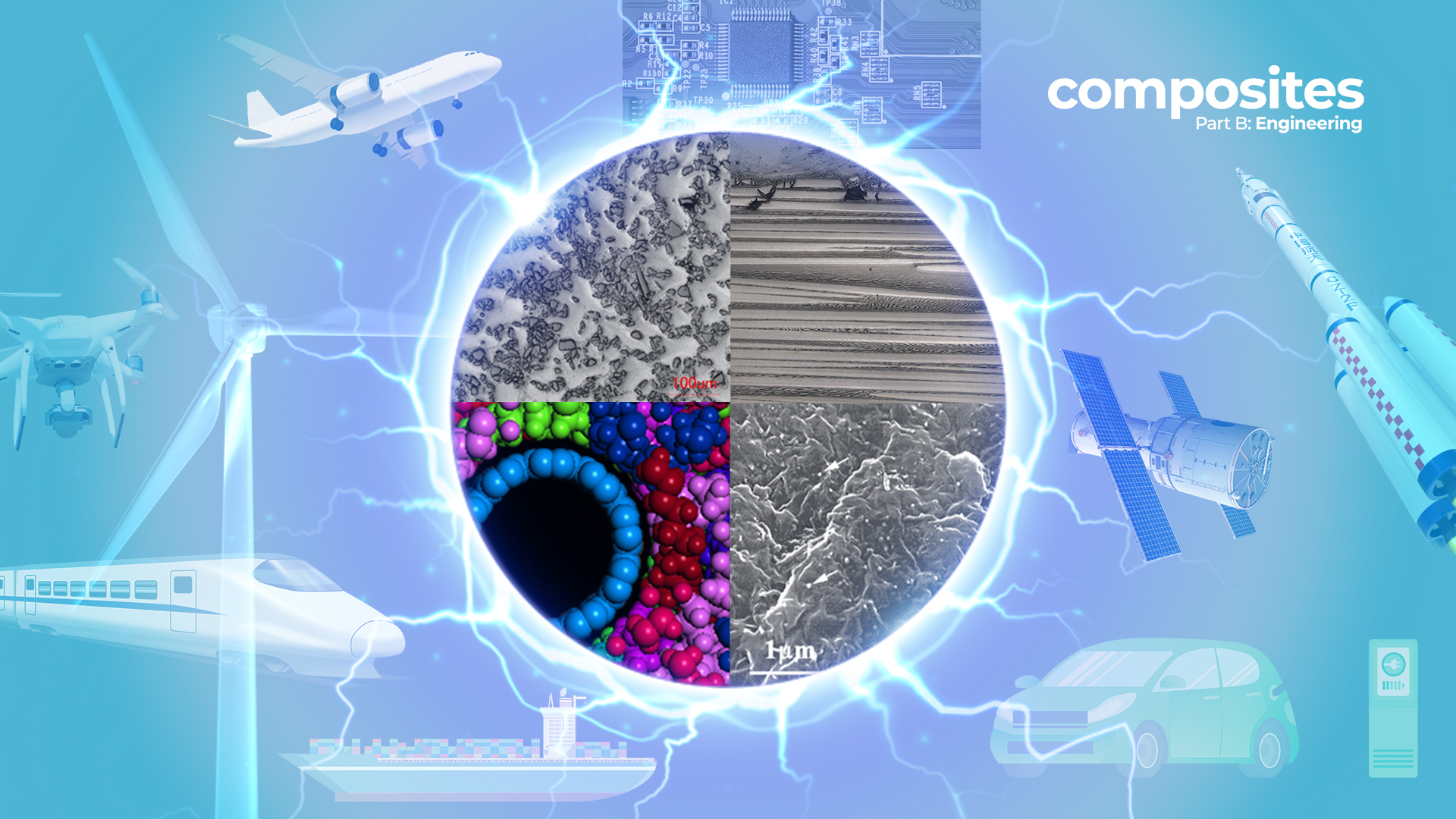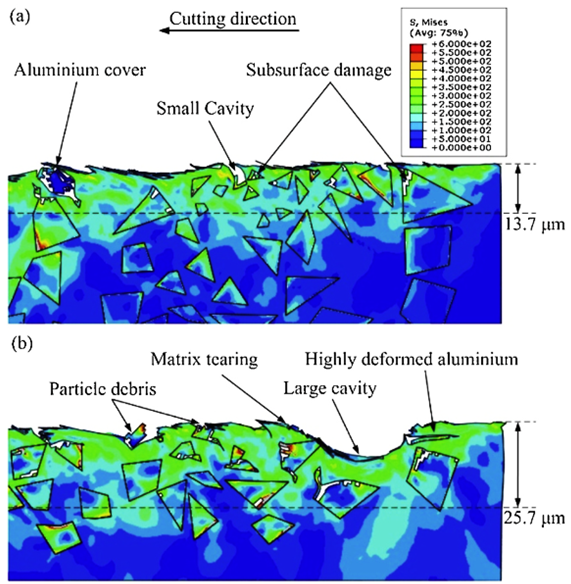Composites have been an indispensable core material in many scientific and technological areas due to their superior customizable properties. However, the reliability of a composite component depends largely on the manufacturing technique that can produce high microstructural integrity.

Professor Liangchi Zhang from the Southern University of Science and Technology (SUSTech) Institute for Manufacturing Innovation and his collaborators has published a comprehensive review in which they deeply analyzed the development of digital technology in precision composite machining and the key issues that need to be broken through.
Their paper, entitled “On the numerical modelling of composite machining,” was published in Composites Part B: Engineering, a top journal in the field of composites. They provided their perceptive insights on the possible breakthrough directions to break the bottleneck of cross-scale analysis.
Prof. Zhang used the surface machining of a carbon fiber-reinforced polymer (CFRP) and a ceramic particle reinforced metal matrix composite (MMC) as examples, as shown in Figures 1 and 2, to demonstrate the challenges that the manufacturing practice has critically faced. He revealed the fundamentals that govern the machining quality and clarified the importance and necessity of improving the surface integrity of CFRP and MMC.

Figure 1. Challenges during the precision machining of CFRP surfaces

Figure 2. Challenges during the precision machining of MMC surfaces
The researchers pointed out the prospects of large-scale numerical simulation and digital twin technology, the essence of mechanics modeling, the significance in the establishment of constitutive relations, and the exploration of the “tool-reinforcement-matrix” interaction mechanisms. They stressed that developing intrinsic mechanics models is the key to a reliable prediction of surface integrity of machined composites. They also exposed the factors that have made the discipline research bound to a single-dimensional scale.
The paper went on to explore the bottleneck problems of cross-scale investigations in composite machining, and pointed out that a three-dimensional analysis with micro/nano resolution through the integration of stochastic cross-scale factors will be essential to gain deeper insights into the machining-induced deformation mechanism of composites. As the cross-scale study progresses, it is expected that important issues that have not been fully considered so far will be solved.
This study concluded that a combination of digital characterization based on reliable mechanics models and artificial intelligence can be the basis for the accurate prediction of composite surface integrity, be an effective tool for developing techniques for damage-free machining of composites, and be one of the important directions for breaking the current bottleneck of cross-scale analysis.
Prof. Liangchi Zhang is the first and corresponding author of this paper, while SUSTech is the first affiliation.
This work was supported by the Guangdong Specific Discipline Project and the Shenzhen Key Laboratory of Cross-scale Manufacturing Mechanics.
Paper Link: https://doi.org/10.1016/j.compositesb.2022.110023
To read all stories about SUSTech science, subscribe to the monthly SUSTech Newsletter.
Proofread ByAdrian Cremin, Yingying XIA
Photo By